How to deal with onion fly, chemicals and folk remedies, prevention rules

It is advisable for every summer resident to know how to deal with the onion fly and prevent its attacks, because this particular pest is capable of causing serious damage to the crop, or even completely destroying it. It should be remembered that both green feathers and formed bulbs can be affected.
Content:
- What is an onion fly, what does it look like in the photo
- How to fight onion fly using chemicals, use of phytoverm and phytosporin
- Fighting onion fly with folk remedies
- How to use birch tar against onion fly
- How to deal with pest larvae
- Effective prevention measures
What is an onion fly, what does it look like in the photo
The danger of this insect is that it does not harm as clearly as Colorado potato beetles or aphids. After the fly, there are no gnawed leaves left; they do not litter the onion in clusters.
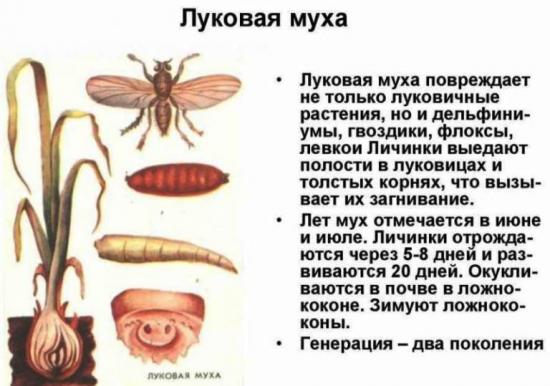
It is mainly the larvae that do the damage, which are quite difficult to notice with the naked eye when examining the plant itself.
Externally, you can recognize an onion fly by its gray-yellow body color and a pair of transparent wings with a bronze tint. In high-quality photos with sufficient magnification, you can distinguish the black legs of the insect and a large number of black bristles on the back.
However, identifying the onion fly among a number of dipterans is quite difficult for a person who does not understand this.
Perhaps you can look for it in the spring on cherry and dandelion flowers, identifying it by color and size; it is slightly smaller than a housefly.
It is noteworthy that the larvae infect onions, while the adult insects (imago) feed on the sweet nectars of stone fruit and aster flowers. Females flock to the onion only to lay eggs, from which larvae will subsequently develop, which harm the plants.
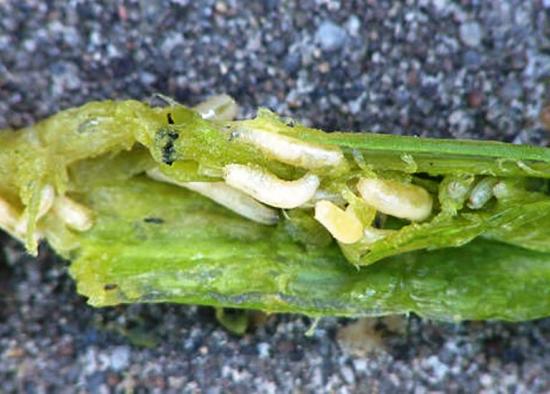
Choosing plants to lay eggs on may seem strange, since onions have a strong antioxidant and antiseptic effect, capable of destroying viruses and bacteria. However, the constituent components of the bulbs are not able to cope with pest larvae and cope with parasite attacks.
Let's watch a useful video about the pest and learn how to deal with the onion fly:
How to fight onion fly using chemicals, use of Fitoverm and Fitosporin
Since parasites have been pestering gardeners for several years now, it is not surprising that the modern market can offer a huge number of insecticides to combat them.
The most common chemicals that can be used to control onion fly include two products.
Fitoverm is an insecticide that affects the digestive system of the pest. Fitoverm causes paralysis, as a result of which insects simply die from lack of food. However, despite all the advantages of this drug, it does not affect eggs. To obtain an effect, plant treatment must be carried out systematically.
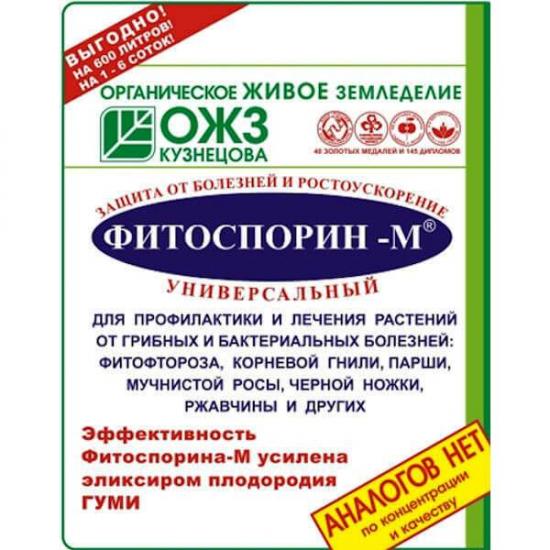
The result can be seen within six hours after the first spraying, and massive death of parasites is observed the very next day.
Fitosporin is a fairly effective drug, which can be purchased in specialized stores. For treatment, you need to dissolve 35 g of the drug in 10 liters of water and soak in the resulting mixture for half an hour. There is no need to rinse after treatment.
When processing, it is important to remember that any chemical can be hazardous to human health if used incorrectly. Therefore, it is recommended to carry out processing according to all the rules.
Fighting onion fly with folk remedies
However, not only insecticides are used to combat parasites.
Among folk remedies there are also many recipes for pest control; the most common are those listed in the table.
| Ash | It can be used both for simple sprinkling of beds and for watering. The mixture for treatment is two glasses of ash with ten liters of water. Treat the row spacing with the resulting mixture every two weeks; |
| Ammonia | It is necessary to dilute 50 ml of alcohol in ten liters of water and treat the row spacing with the resulting mixture after germination and repeat the treatment every month; |
| Table salt | The solution has a negative effect on the larvae, but it also negatively affects other representatives of the soil flora. In addition, such a solution leads to soil salinization, so treatment is recommended with caution. |
| Sagebrush | The pungent smell of this plant can repel pests. To do this, you need to cut at least a kilogram of branches, chop them finely and add ten liters of water. Let it sit for several days, then filter and water the area generously. For prevention, it is recommended to repeat the treatment once every two weeks from the moment the lesion is detected; |
| Tobacco dust | Tobacco dust - can be used to sprinkle the area and base for watering.Prepare the mixture from 250 g of dust and ten liters of water. Repeat the treatment every two days. |
Non-traditional means not only help cope with insects, but also do not have a negative impact on the soil. This will help you get the healthiest and most beneficial harvest possible.
How to use birch tar against onion fly
Another effective remedy for fighting insects is a solution of birch tar. To prepare it, you need to mix 20 ml of tar and a bucket of water. The resulting mixture must be watered at the root of the onion.
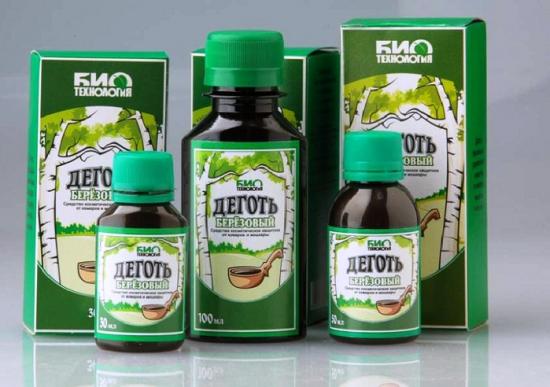
The mixture is used to repel parasites from the garden bed. It is important not to take too much tar, since it is a rather viscous substance.
How to deal with pest larvae
The most dangerous form of development of this pest for agricultural crops is the larvae. Their danger is that they sneak under the peel and eat the bulb from the inside.
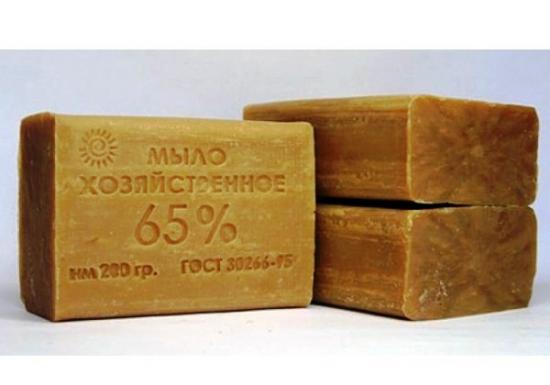
In order to deal with them, you can use the following methods:
- Dilute 50 g of laundry soap in ten liters of heated water. Pour the resulting solution over the affected area;
- You can sprinkle the soil with a mixture of equal amounts of naphthalene and fine sand;
- Dig up the beds after the crops are harvested. After this, the larvae will climb to the surface of the soil, where they will suffer from frost;
- Buy a remedy for helminths at the pharmacy and dissolve 5 tablets in ten liters of water, then water the area with the resulting mixture once.
Timely control will help prevent the spread of larvae to other areas. If you do not pay attention to this, the larvae will hatch and give rise to a new generation of pests capable of reproducing.
Let's watch an interesting video about methods of combating onion flies:
Effective prevention measures
The simplest way to deal with the problem is prevention.
The most effective ways to prevent damage include:
- Planting onions near carrots will help prevent infection. The fly does not tolerate the smell of carrot tops, next to which it will not lay eggs;
- Only high-quality planting material is used. So, if you buy an onion net in a store, you should not take one where sluggish or rotten seedlings are visible;
- Planting sites must be sprinkled with mulch made from humus or rotted manure. This will help cut off the females' access to the soil where they could lay eggs;
- Before proceeding with direct planting, the seedlings must be soaked in warm water for five minutes or filled with manganese solution for twenty minutes. Before planting directly, they must be dried;
- When planting, it is important to observe crop rotation and it is recommended to plant onions after green manure forms, under which a sufficient amount of organic fertilizer has been applied.
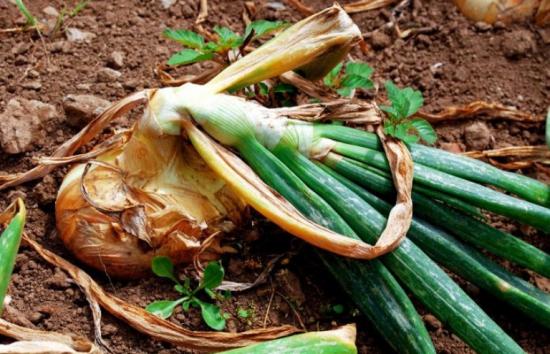
Following these simple rules will help you quickly and permanently scare away pests from your garden. The result will be a bountiful harvest without signs of damage or the risk of pests.
The onion fly is a fairly common parasite that can destroy crops.
In order to prevent possible unpleasant consequences of a pest attack, you can use insecticides or folk remedies.

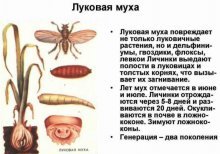
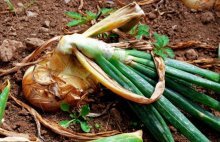

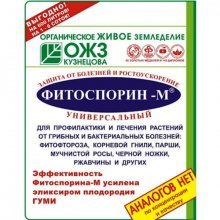
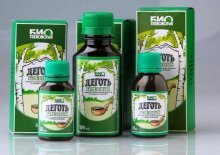
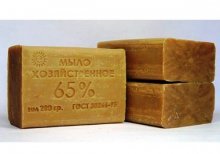

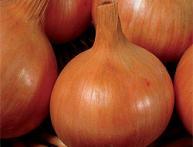

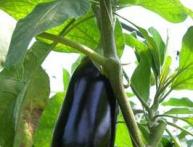
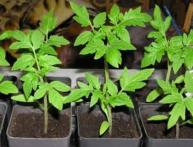
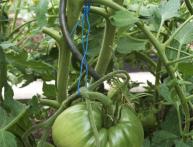
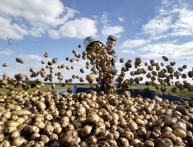
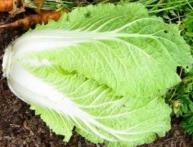
Comments
The less harmful substances you add to your site, the better it will be. Therefore, to combat the fly and its larvae, you can use biological preparations, such as Fitosporin, or laundry soap.
I used tar soap in such cases, but my supplies of real old tar soap are coming to an end, and now I don’t even know where I can find both real tar and tar soap made using technology.